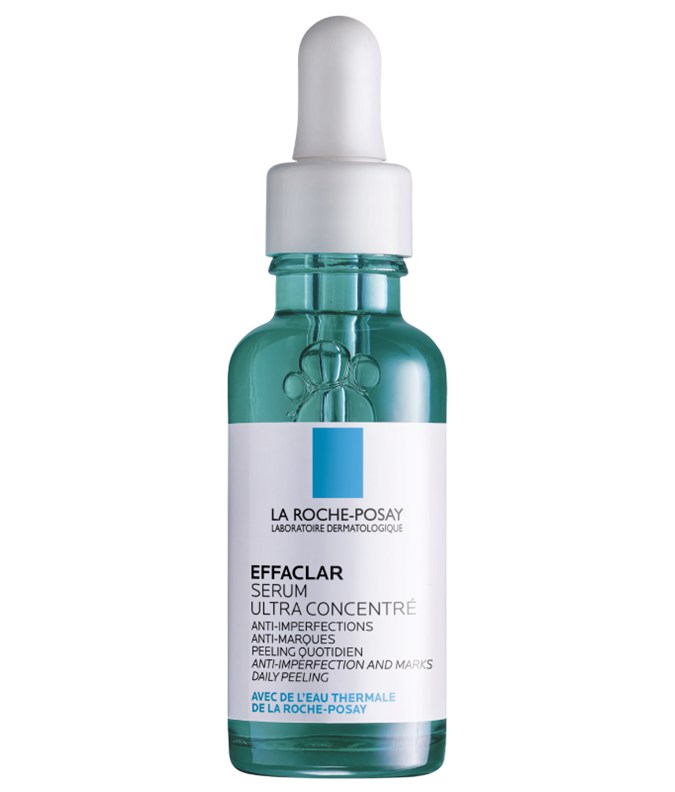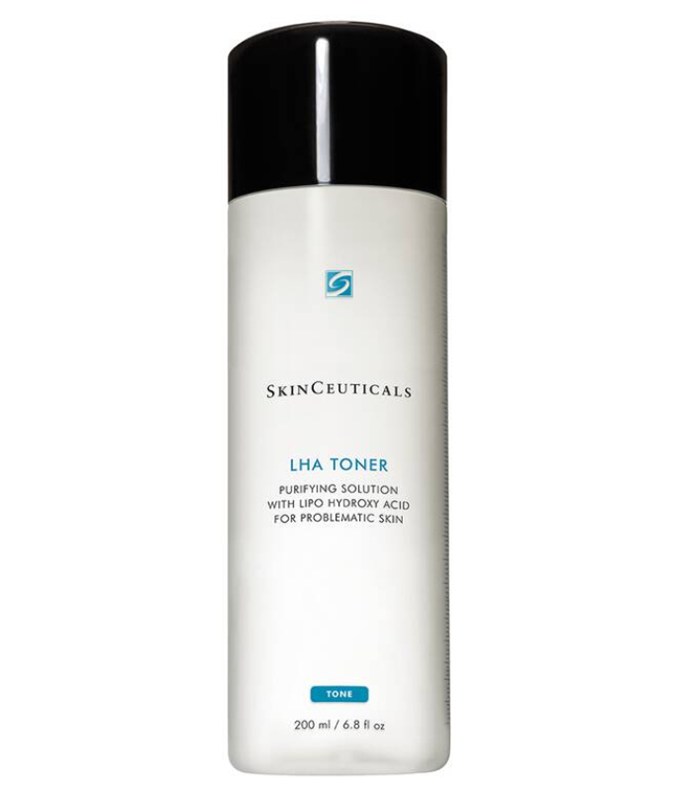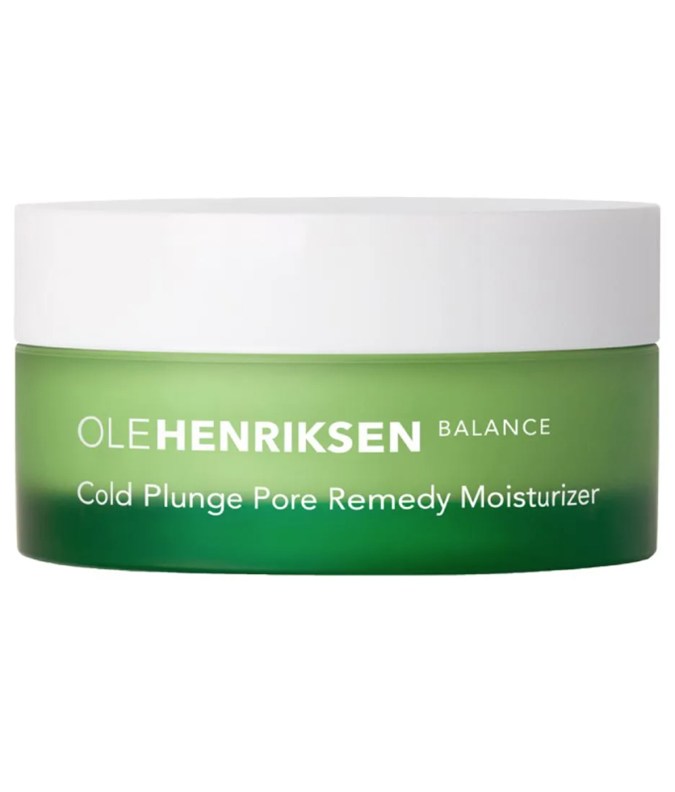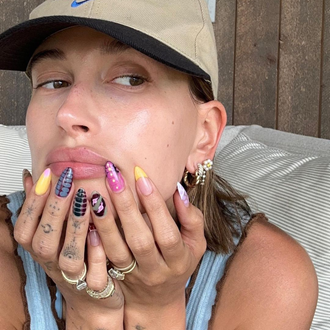What’s the deal with LHAs?

There’s a new hydroxy-acid on the block
In the world of chemical exfoliation, BHAs and AHAs have long been the reigning queens of sloughing away dead skin cells to give us our most baby soft skin yet. You might have even heard of sensitive skin-friendly PHAs.
But there’s a new kid in town.
Introducing LHAs: The hydroxy-acid molecule that’s here to unclog and minimise your pores.
We spoke to Rachel McAdam, L’Oréal’s Scientific Communications Manager about this pore-saving molecule, to get the lowdown on how we can better integrate the ingredient into our skin care routines.
What are LHAs?
“LHA stands for Lipo-Hydroxy-acid,” says McAdam. “It is a hydroxy-acid molecule that is especially efficient at targeting unwanted skin cells in oily skin components.”
In layman’s terms? LHAs are great for “pores blocked with sebum,” says McAdam. “[They’re] useful in managing acne prone skin because it helps unclog those pores and reduce breakouts.”
What differentiates LHA from other acids like BHA, AHA and PHA?
Well, according to McAdam, while all of these ingredients fall under the umbrella of hydroxy-acids (meaning they exfoliate the skin) they do slightly different things.
“LHA is the most targeted to the pores meaning less is needed, which has the added benefit of less potential skin dryness,” explains McAdam.
“BHA is able to remove overall layers of dead skin cells efficiently. AHAs and PHAs attract water and may also have anti-ageing benefits.”
Who would benefit from introducing LHAs into their routine?
LHAs are able to break down sebum with ease making them ideal for “people with a tendency to have blocked pores and acne breakouts,” says McAdam.
But surprisingly, they’re also a great pick if you are scared to use a stronger hydroxy-acid on your skin, AKA “people who require the benefits of a chemical exfoliant but have sensitive skin,” says McAdam.
Are there any do's or don'ts when using LHAs?
Just like other hydroxy-acids, when it comes to introducing LHAs into your routine McAdam advises “to go gently.”
“Avoid applying too much in one spot as at a certain concentration threshold, acids, including LHA, may irritate the skin,” she says.
“Start with a thin layer applied to the entire area. Once skin tolerance is established, further applications or additional products can be introduced one by one,” McAdam explains.
The most important thing to remember with LHAs, is just like any other hydroxy-acid they will increase skin’s photosensitivity, making SPF application a must.
Our LHA product recommendations:
La Roche-Posay Effaclar Ultra Concentrated Serum; SkinCeuticals LHA Solution Priming Toner; and OLE HENRIKSEN Cold Plunge™ Pore Remedy Moisturizer.

La Roche-Posay Effaclar Ultra Concentrated Serum

SkinCeuticals LHA Solution Priming Toner

OLE HENRIKSEN Cold Plunge™ Pore Remedy Moisturizer
After more acne-fighting skin care goodies? These are the best serums for tackling pimples and acne.
Main image credit: @lucyhale

Briar Clark got her start in the media industry in 2017, as an intern for Marie Claire and InStyle. Since then, her keen interest in fashion and beauty has landed her gigs as a Digital Content Producer and Beauty Editor with titles like Girlfriend, Refinery29, BEAUTYcrew and beautyheaven. She loves the way seemingly innocuous topics like skin care and style have the ability to put a smile on people’s faces or make them think about themselves a little differently. A big believer in self love and experimentation, Briar has made a point of becoming the Australian beauty industry’s unofficial guinea pig for unusual treatments and daring hair trends. When she’s not testing out the latest beauty launches, Briar is big on broadening her horizons, mostly in the form of food but she’s also partial to travelling to new destinations both near and far (and of course, allocating an extra bag to bring their best beauty offerings home with her).







